
The neutron itself is an excellent laboratory in which search for an explanation for the lack of antimatter in the universe, insight into the particle nature of dark matter, and development of a more complete understanding of the laws and symmetries of nature. Neutrons can be used to characterize the short-range interaction between nucleons. For the first time, one of the weak-interaction terms in the nucleon-nucleon potential has been measured at the SNS by the NPDGamma Collaboration. The n+3He Experiment, which recently completed data-taking and data analysis, has measured observables that depend on several weak nucleon couplings. We also focus on experiments that study the properties of the neutron. The beta decay of the free neutron provides one of the best systems to test our understanding of the weak interaction of quarks. The “roundness,” or the distribution of electric charge, of the neutron is related very closely to the fact that the universe appears to be dominated by matter.
The mixing of quarks in nuclear beta decay should be described by the extremely successful Standard Model of Particle Physics; however, strong deviations from theory are observed in nuclear systems. The much cleaner process of neutron beta decay will be studied by the Nab experiment, currently commissioning at the SNS, to shed light on the source of this deviation. Experiments to look for a dark matter “twin” of the neutron are being proposed at HFIR and the SNS. Finally, we have designed an experiment to search for a neutron Electric Dipole Moment (nEDM) with unprecedented precision, which will help us understand the origin of matter in the universe. These experiments and others can benefit greatly from the colder, brighter neutron beams that are planned to be available in the future.
Researchers
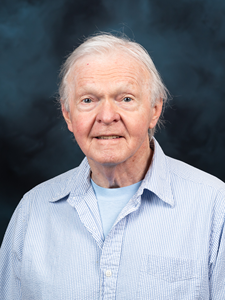
Neutron Symmetries Research Scientist
ORNL Physical Sciences Division
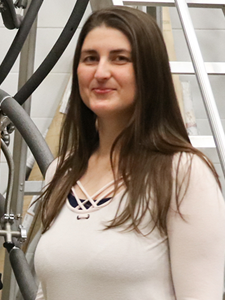
Neutron Symmetries Research Scientist
ORNL Physical Sciences Division
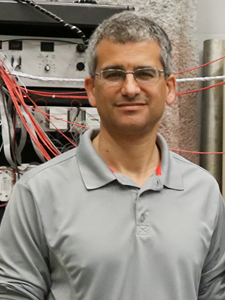
Neutron Symmetries Research Scientist
ORNL Physics Division
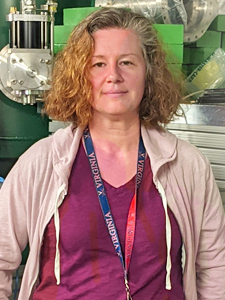
Associate Professor
UT Department of Physics & Astronomy
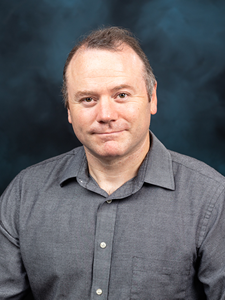
Neutron Symmetries Chief Engineer
ORNL Physics Division

Neutron Symmetries Group Leader
ORNL Physical Sciences Division
Recent Highlights
-
Physicists Confront the Neutron Lifetime Puzzle
To solve a long-standing puzzle about how long a neutron can “live” outside an atomic nucleus, physicists entertained a wild but testable theory positing the existence of a right-handed version of our left-handed universe. They designed a mind-bending experiment at the Department of Energy’s Oak Ridge National Laboratory to try to detect a particle that… Continue Reading →
-
Nadia Fomin Honored with Francis G. Slack Award
Nadia Fomin concentrates on the fundamentals. In her research, that’s the building blocks of matter: nucleons and their constituents, quarks. In her commitment to the nuclear physics community, that’s encouraging scientific collaboration and creating student opportunities. For her dedication to physics in the South, the Southeastern Section of the American Physical Society (SESAPS) awarded her… Continue Reading →
-
Geoff Greene Wins Prestigious Bonner Prize from APS
Geoff Greene’s lifetime is inextricably linked to that of the neutron. His tireless pursuit of this scientific mystery—finding out how long a neutron lives and what that reveals about the weak force, the Big Bang, and other fundamentals of science—has earned him the Tom W. Bonner Prize in Nuclear Physics from the American Physical Society.… Continue Reading →